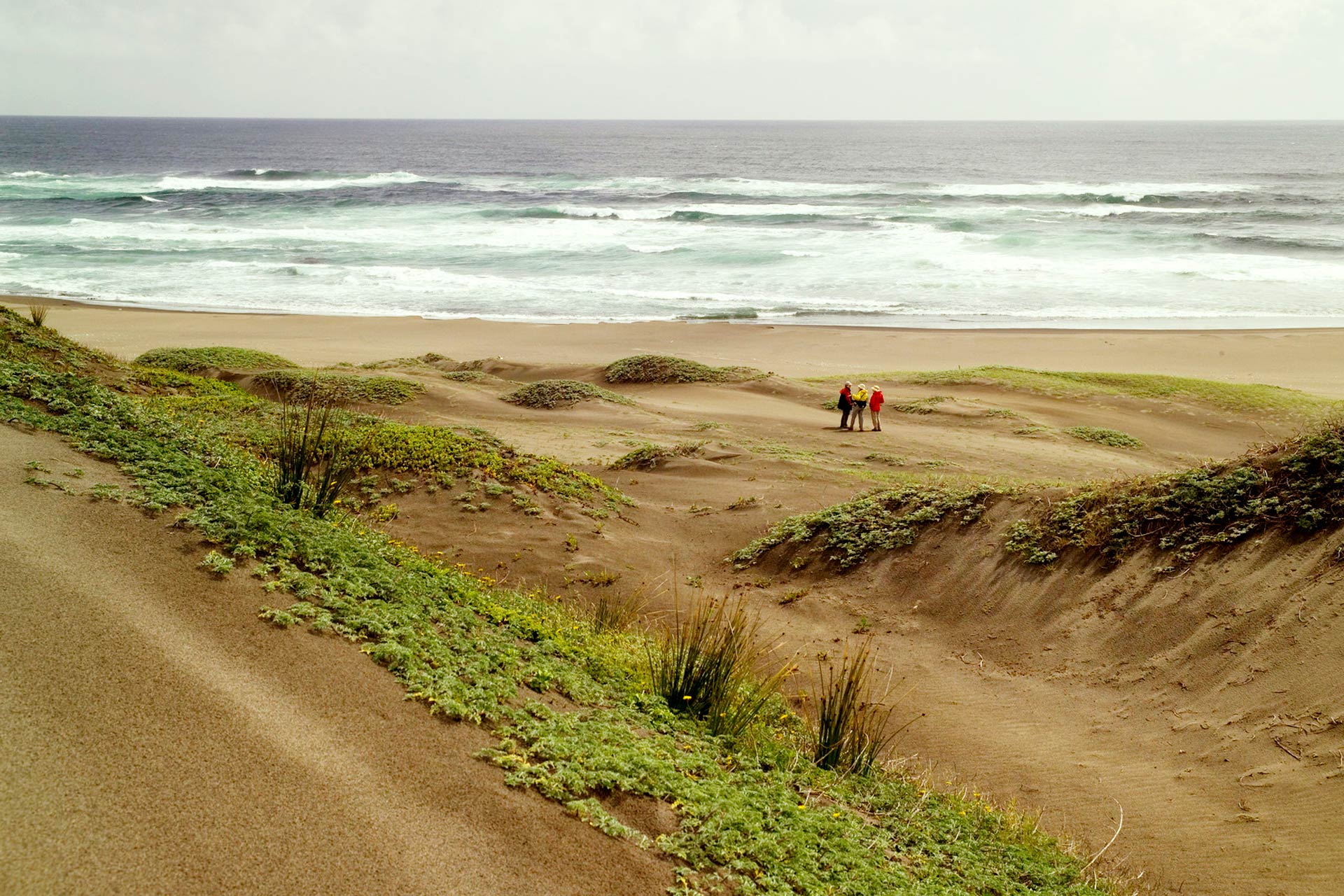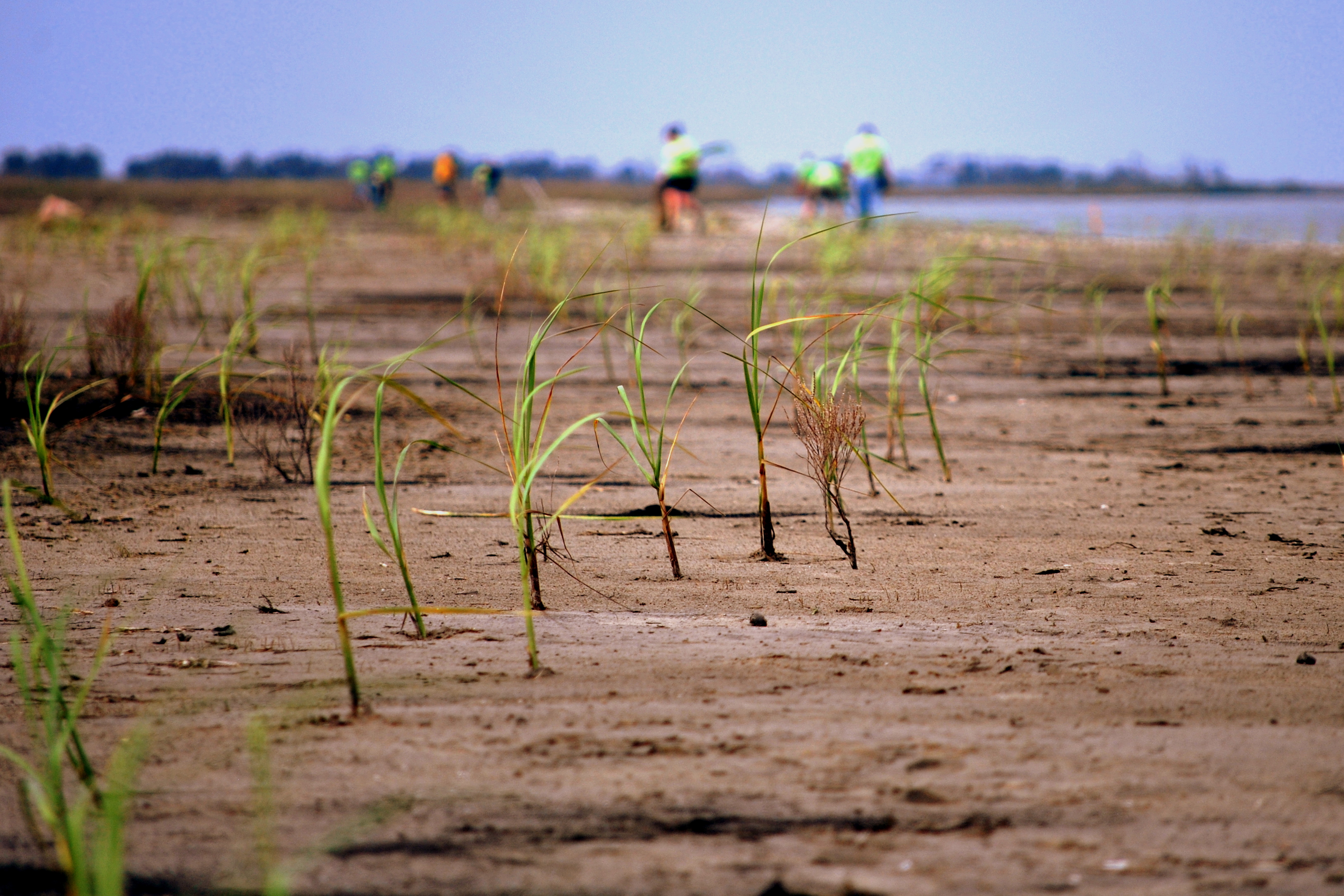Dune Restoration, South Seaside Park, New Jersey
Challenge
In December of 1992 a Nor’easter caused flooding and erosion up and down the New Jersey coast. In places like South Seaside Park, the naturally occurring dunes had been removed years before to improve the ocean view and access for residents. Without the dunes present to absorb the impacts of the Nor’easter, flooding was substantial throughout the community.
Project Details
- Location: South Seaside Park, NJ
- Population: 1,579
- Strategies: Restoring Coastal Features, Beaches and Dunes
- Cost: minimal maintenance costs for signage, fencing and dune grass plants. Most labor provided by volunteers.
- Benefits: Reduction in flood damage and losses
Overview/History
Similar to other beachfront communities along the New Jersey shore, early residents of South Seaside Park flattened the naturally occurring sand dunes to improve access and ocean views. However, the waterfront view came with drawbacks. Winter storms would push sand up against buildings, leaving residents digging out their homes come spring time and dumping the sand back on the beach. In response, individual residents in South Seaside Park began rebuilding its dune system in the 1980s with an informal collection of driftwood and fencing set up to catch blowing sand and keep it off the oceanfront houses.
Solution
After the 1992 Nor’easter, the community began a much more intentional dune building approach, adding snow fencing to help build dunes and planting dune grasses at least twice a year. The snow fencing is able to more effectively capture the blown sand, and the plants anchor the sand in place and make the dunes more effective against storm surges. In spite of the impacts of the 1992 storm, not all community members supported the rebuilding of the dunes, instead preferring to keep the easy access to the beach and the unobstructed view of a beach without dunes.
By the time Superstorm Sandy arrived in 2012, the dunes at South Seaside Park had grown to be 25 feet high and 150 feet wide. While the dunes were damaged in Superstorm Sandy, the community avoided any severe damages or flooding along the ocean front. Midway Beach, to the south, also used snow fencing to build dunes along the beach and largely avoided storm damage from Sandy.
Unfortunately, the neighboring community of Seaside Heights did not have dunes along the beachfront and suffered serious storm damages during Superstorm Sandy, losing much of their iconic boardwalk and pier.
Funding/Financing
The South Seaside Park dunes were initially built and are maintained by volunteers. The dunes are maintained by the public works department, and maintenance is part of the annual operating budget. Volunteers work to plant dune grasses on the dunes at least once a year to help maintain the integrity of the dunes.
Benefits
Sand dunes are a natural barrier for storm surges on the coast. Although dunes can be damaged in major storm surges, the structures in the community behind the dunes are often spared. After major storm events, the dunes can be reinforced with additional fencing and plantings. In addition, dunes provide habitat for plants and wildlife.

